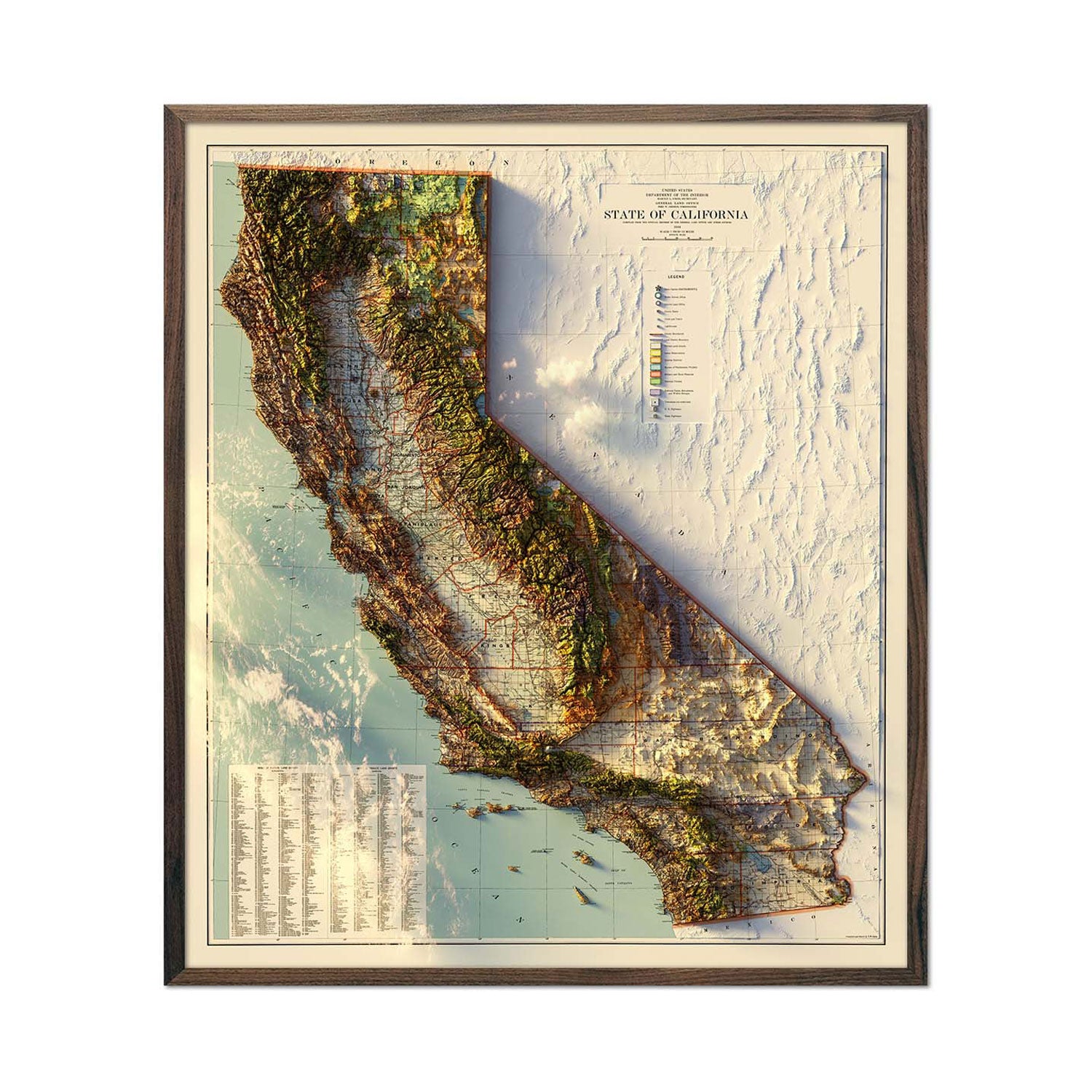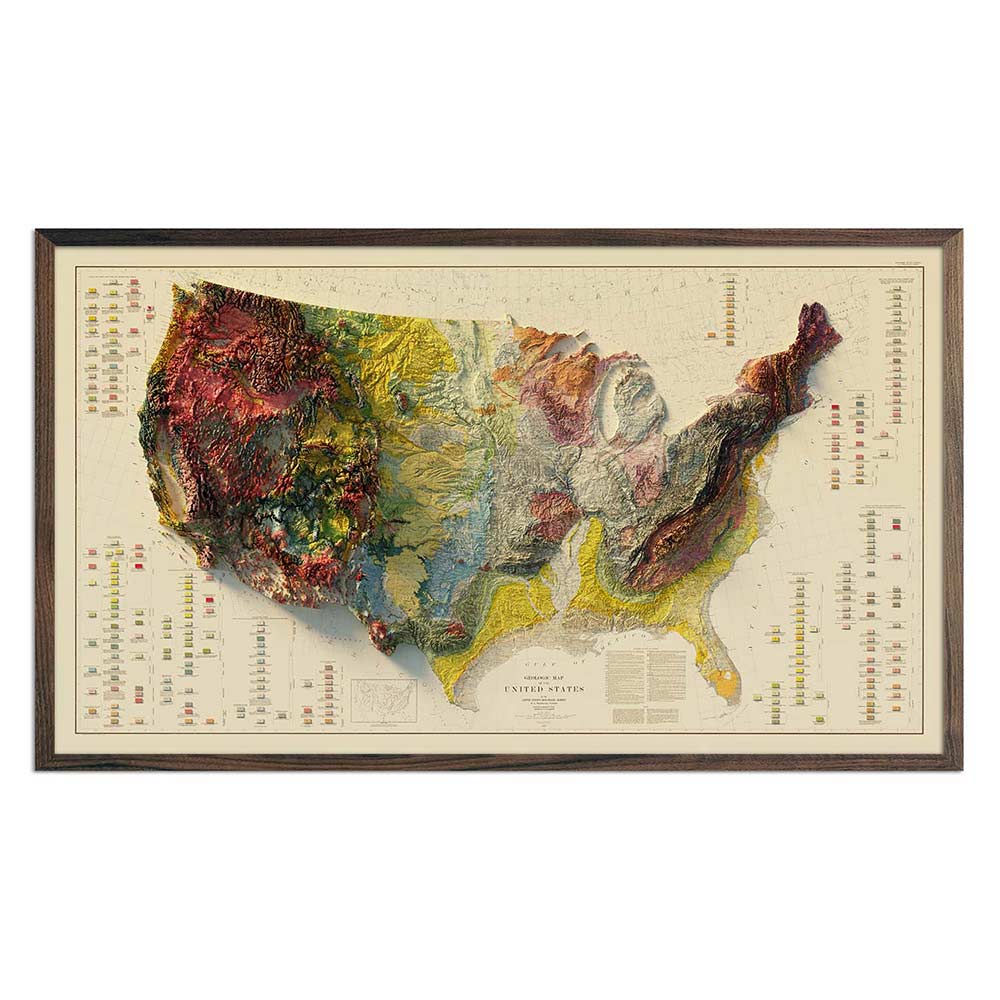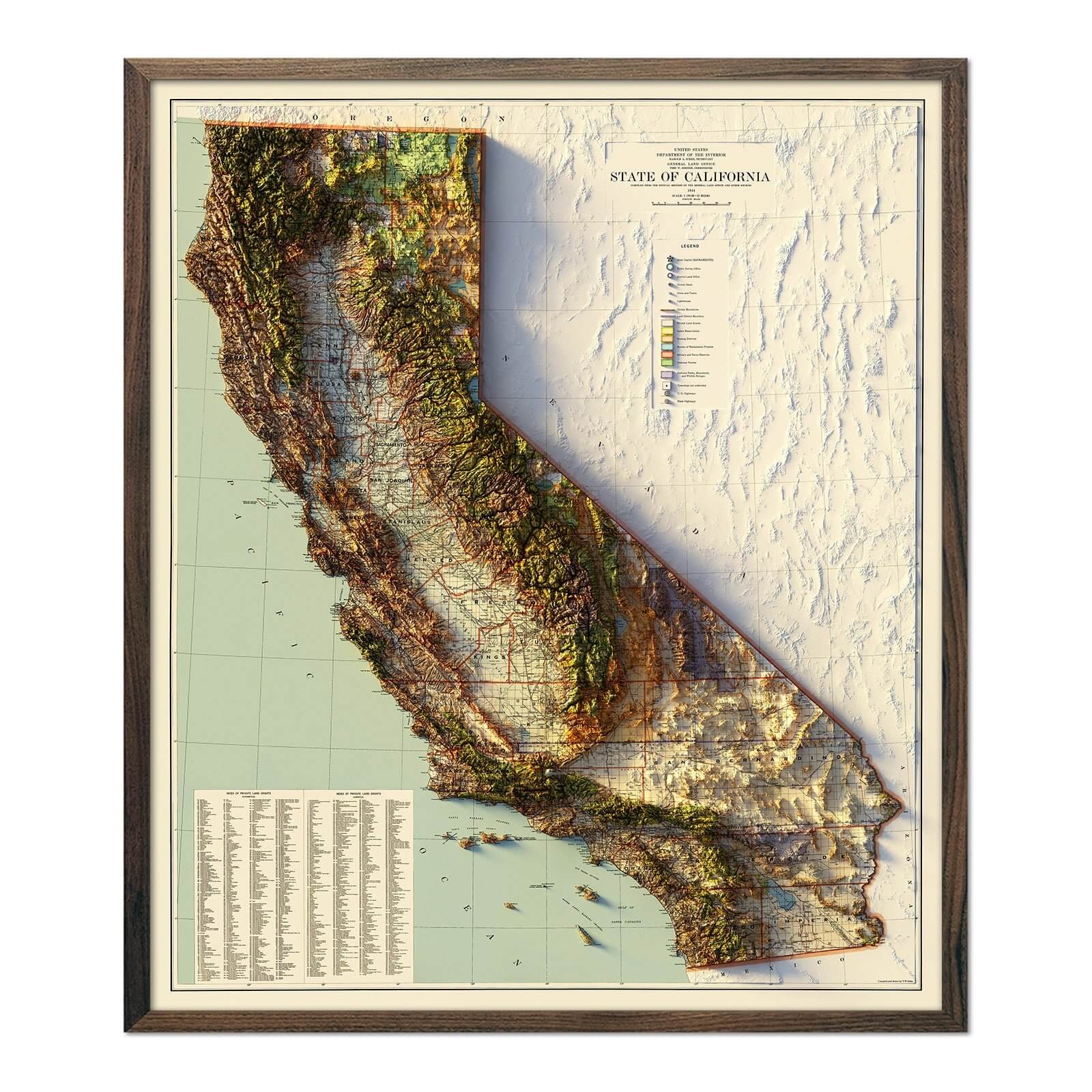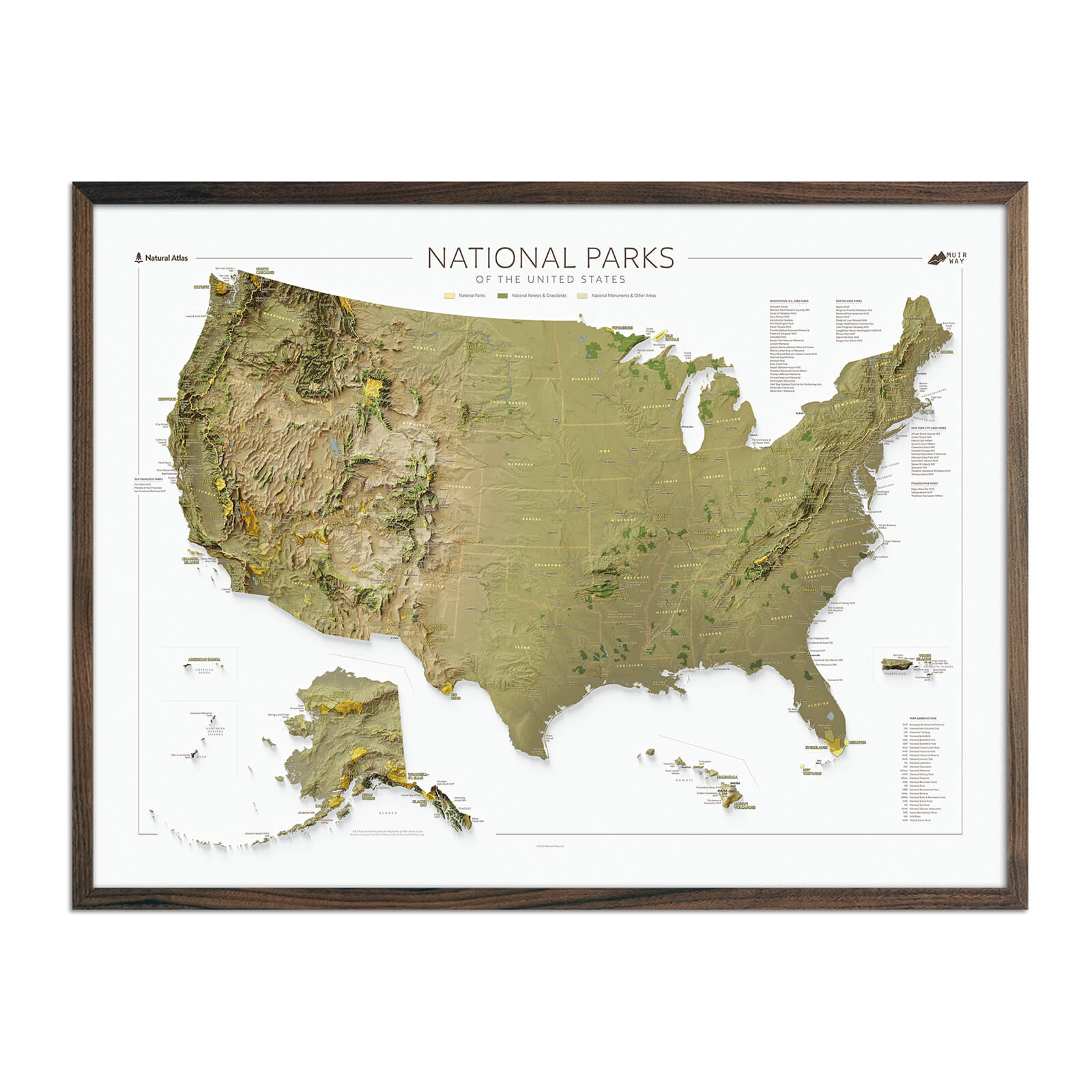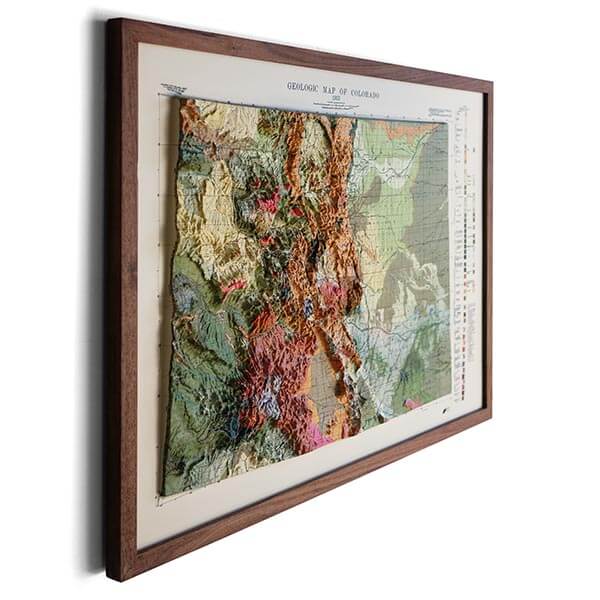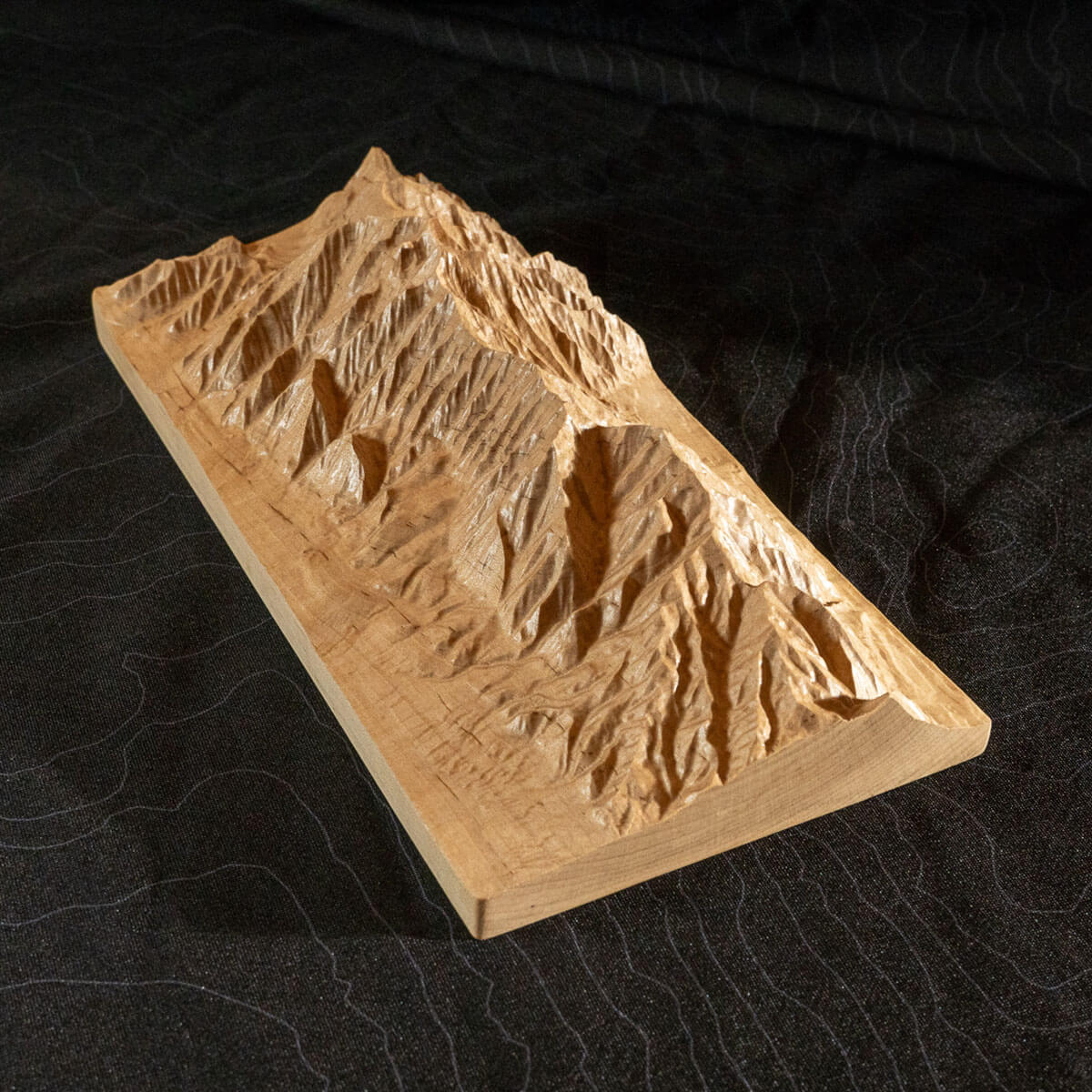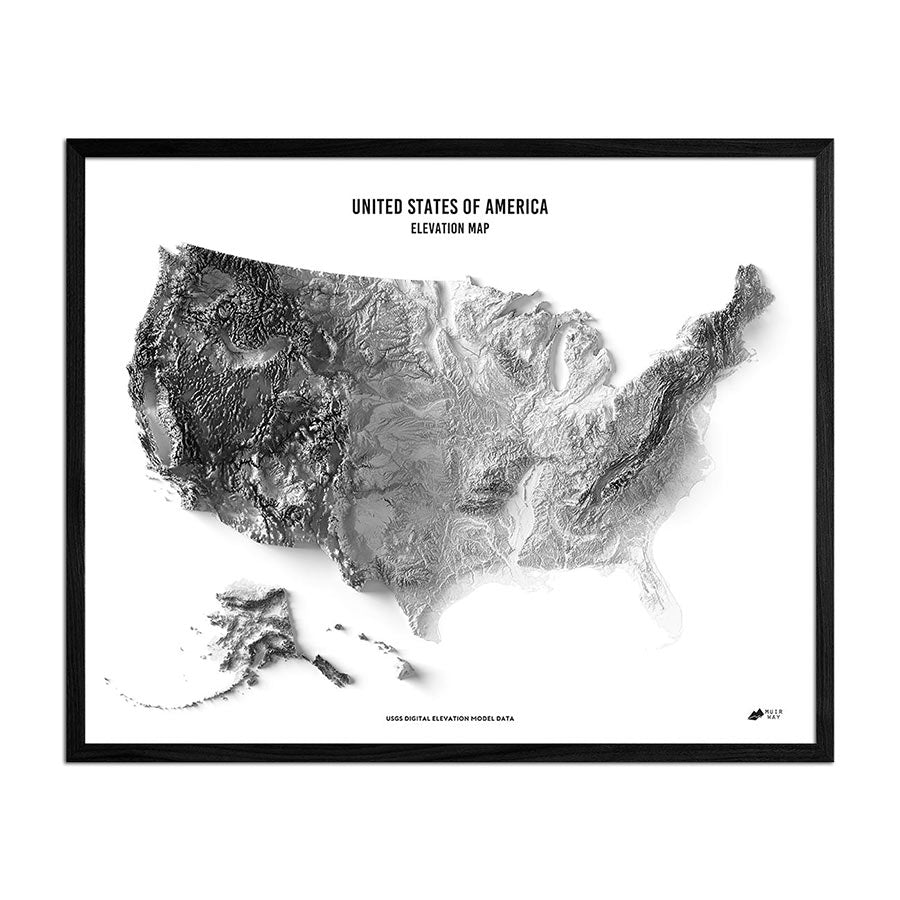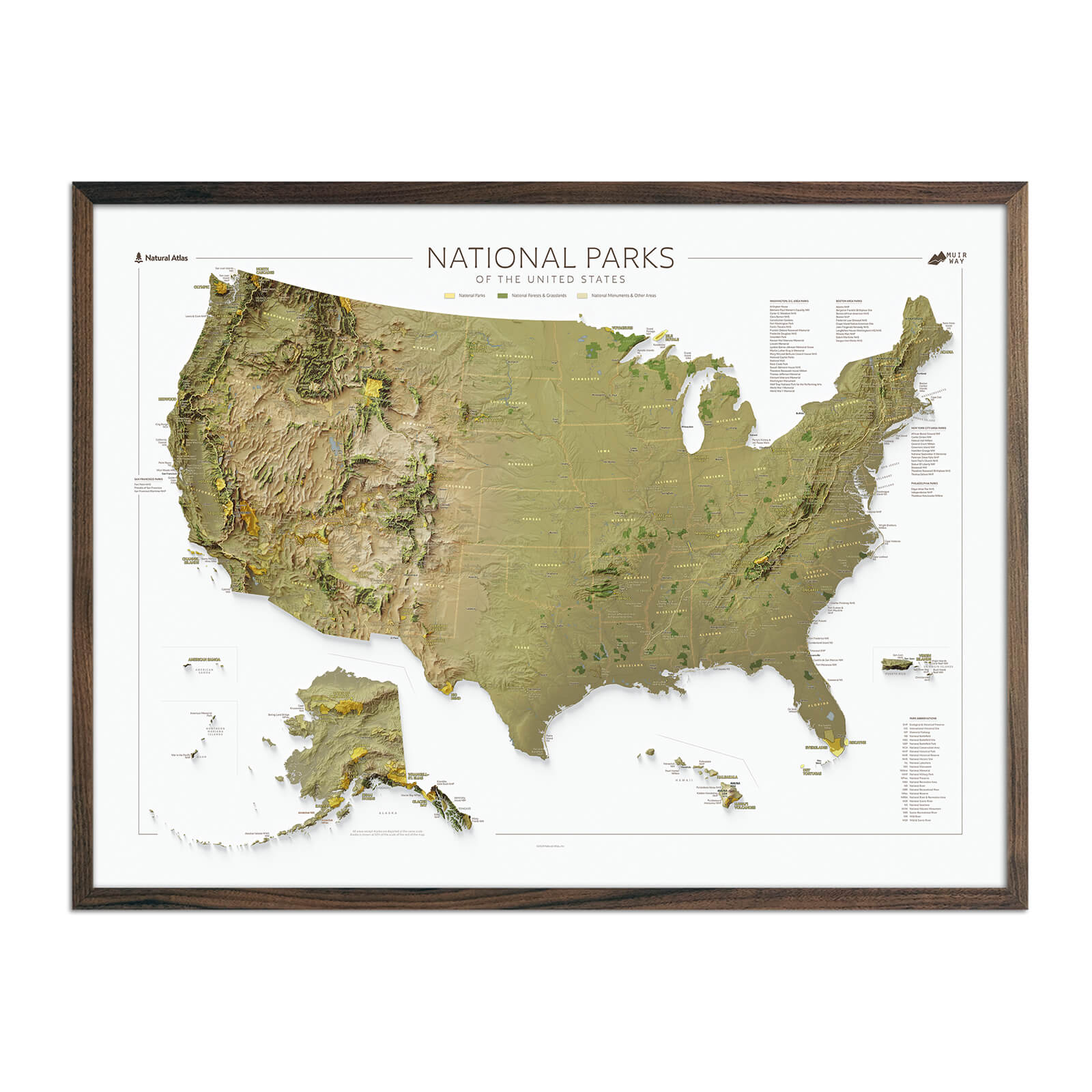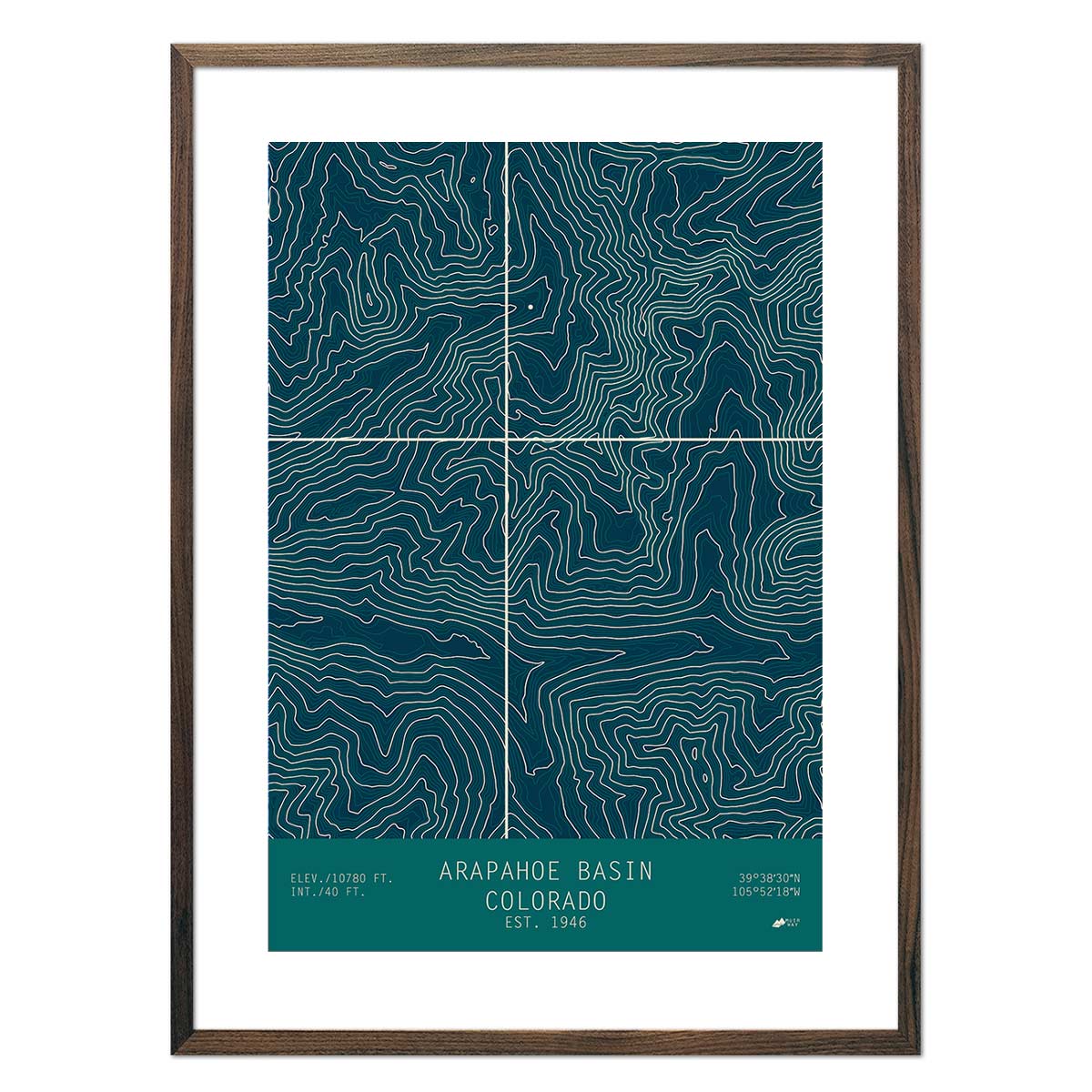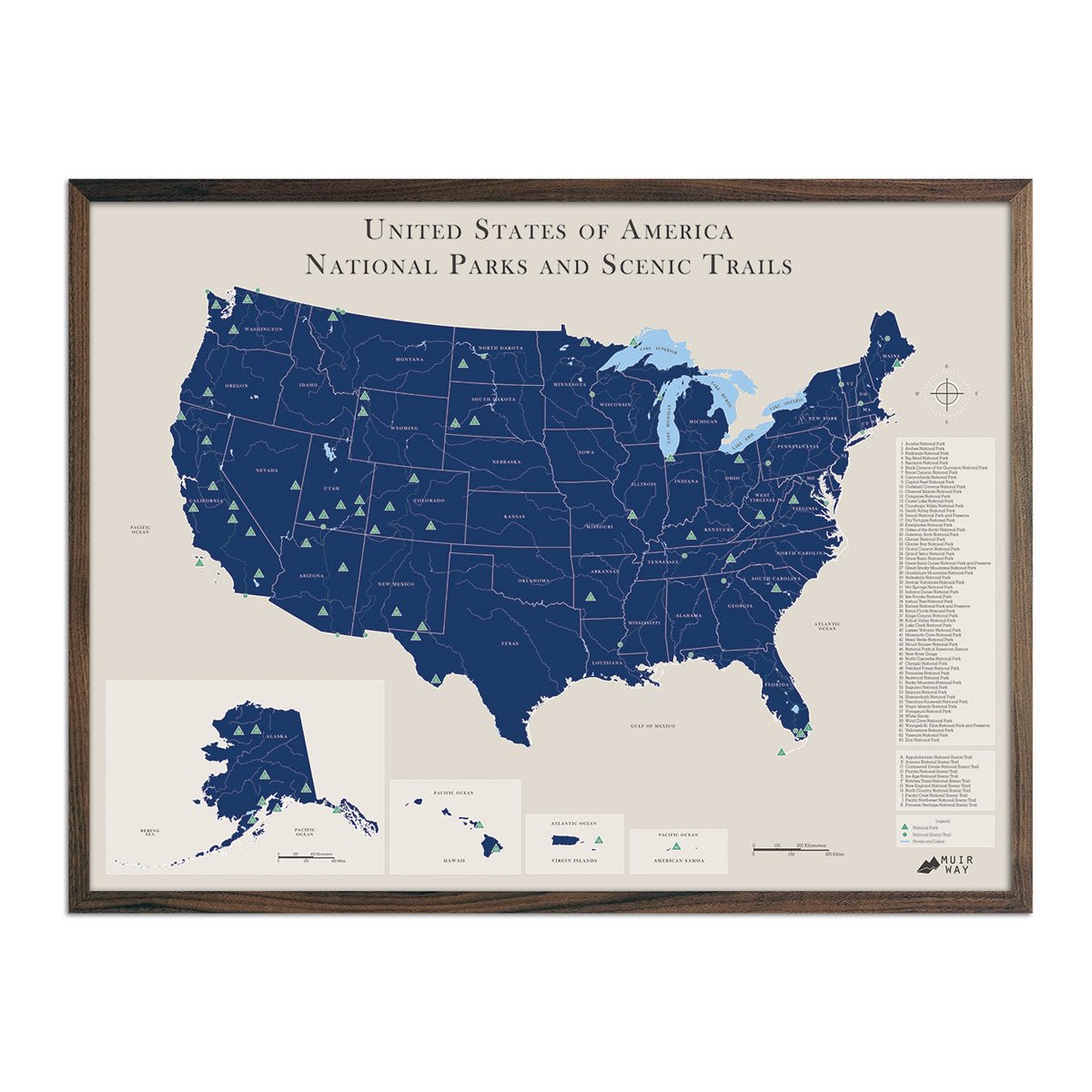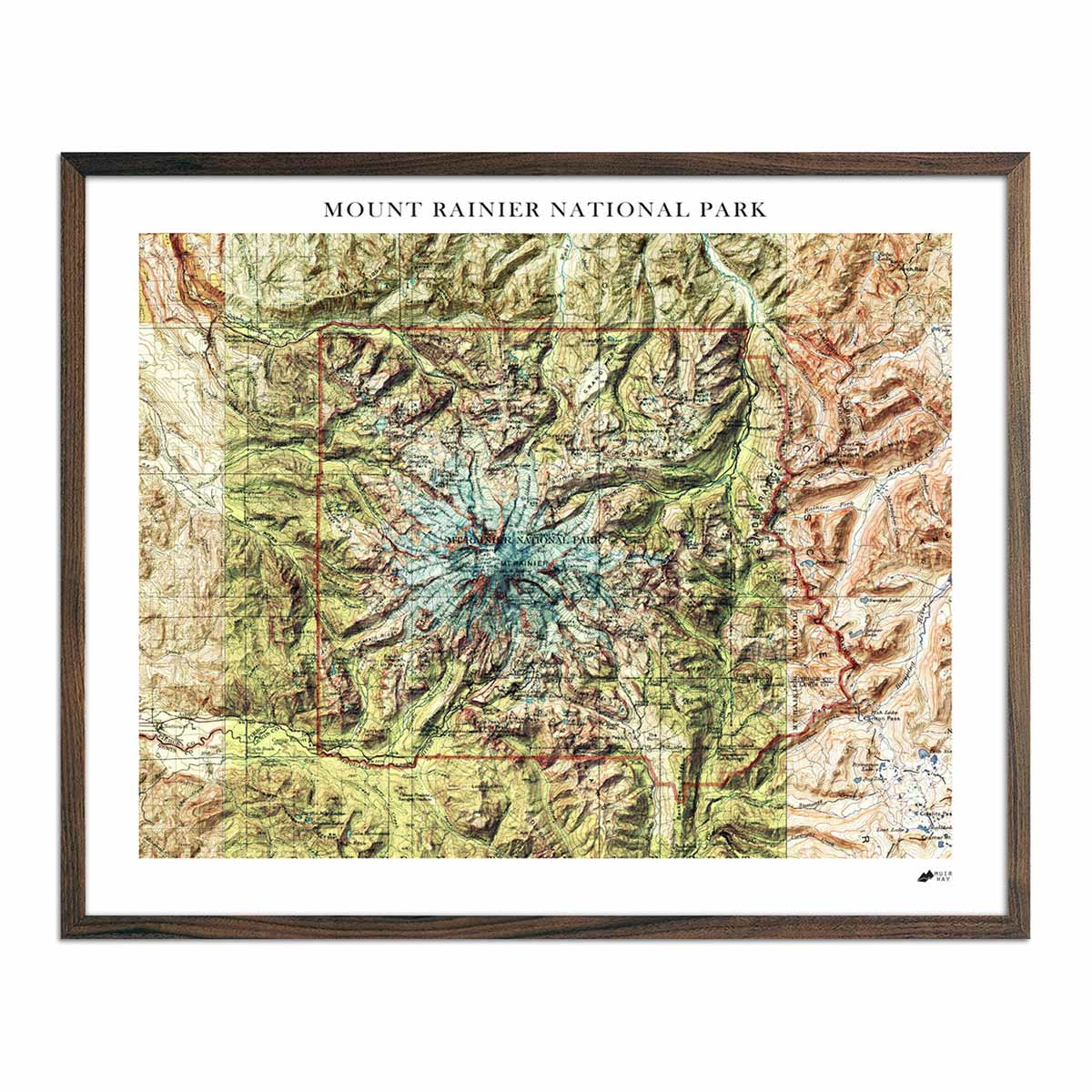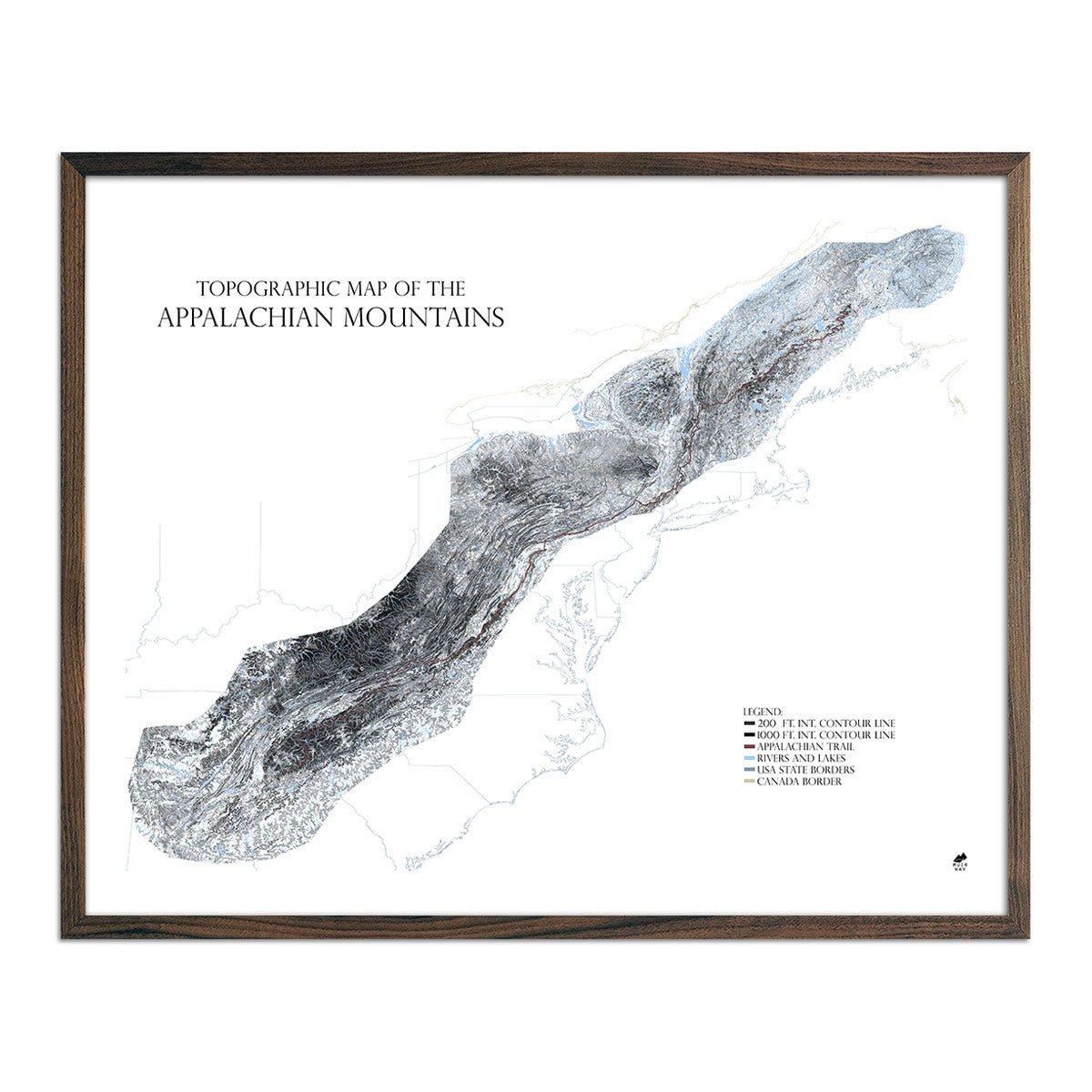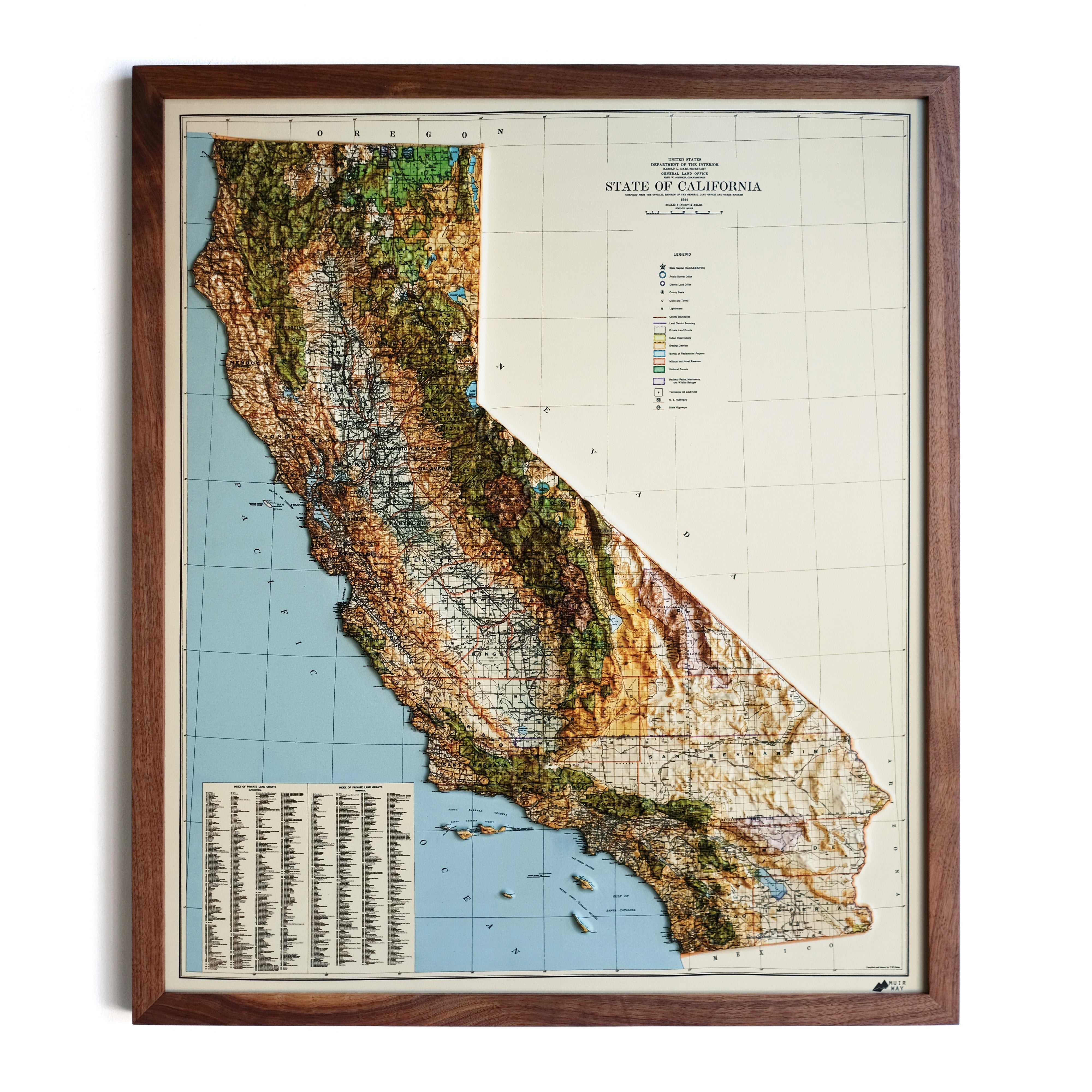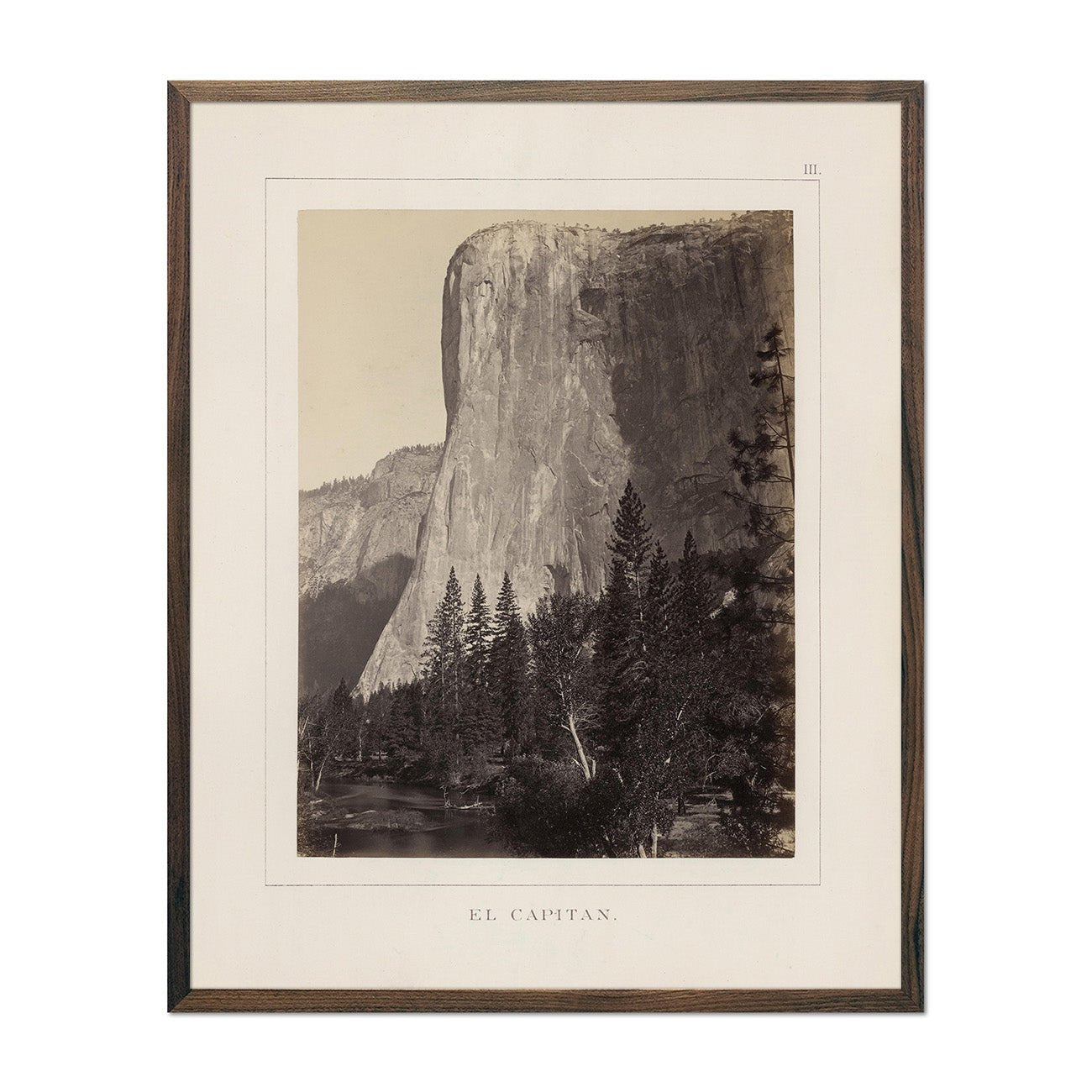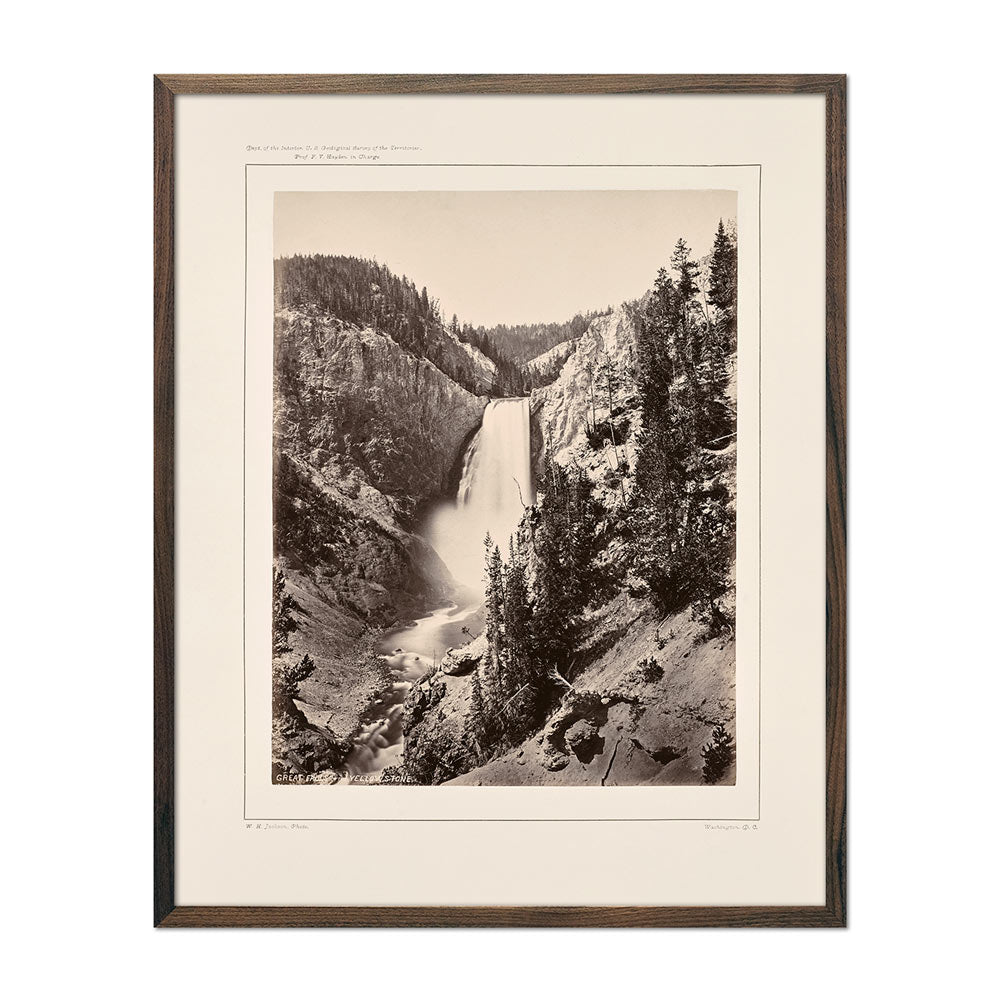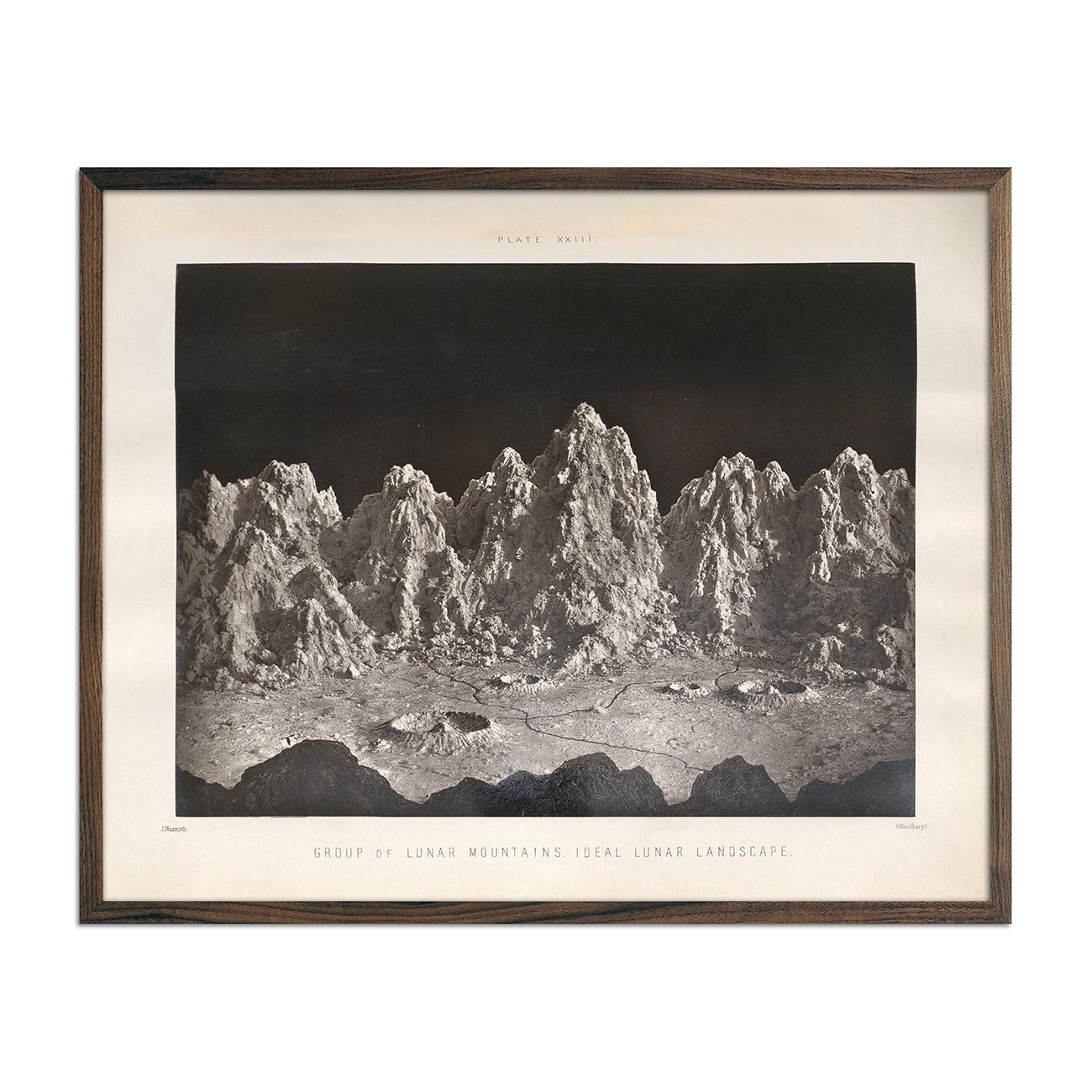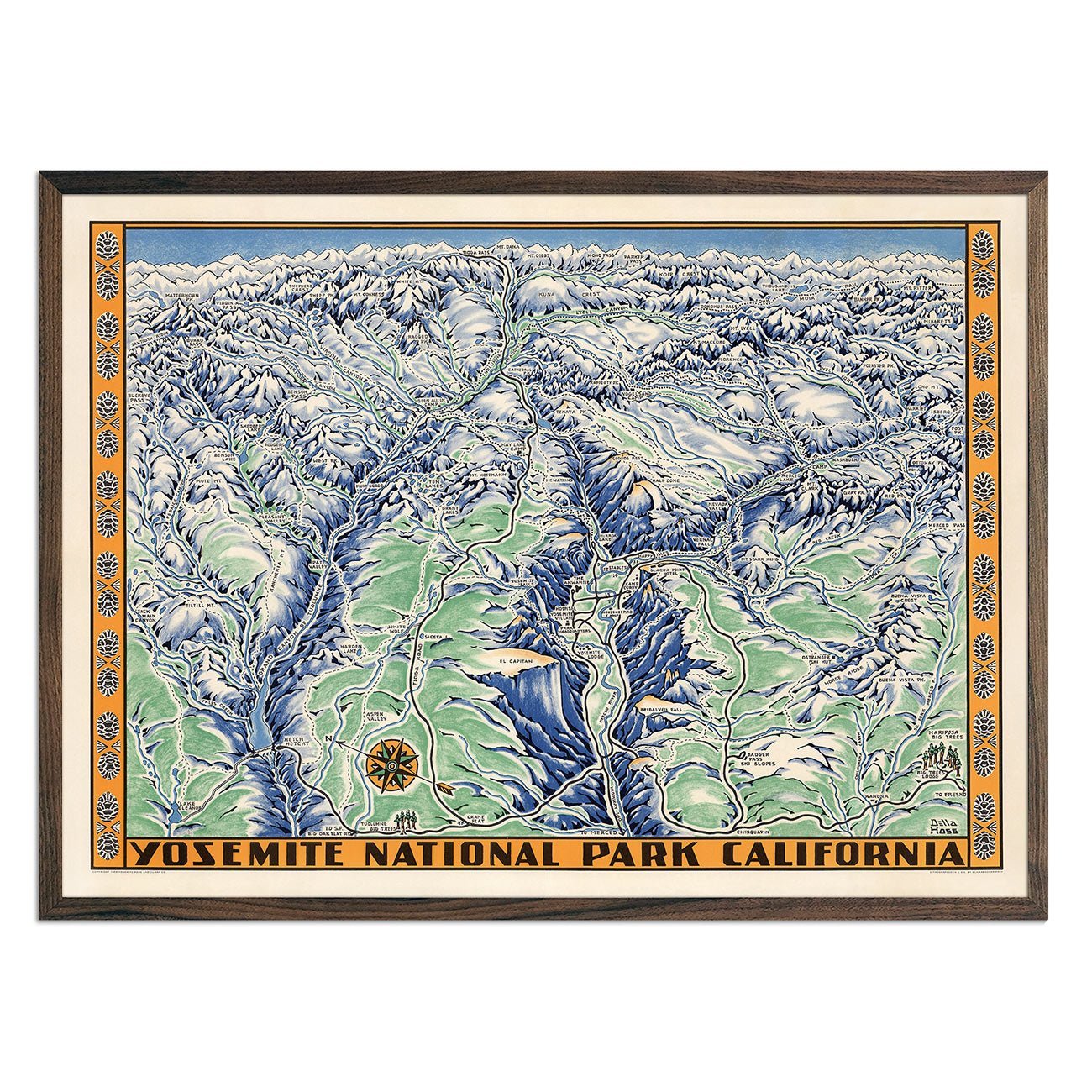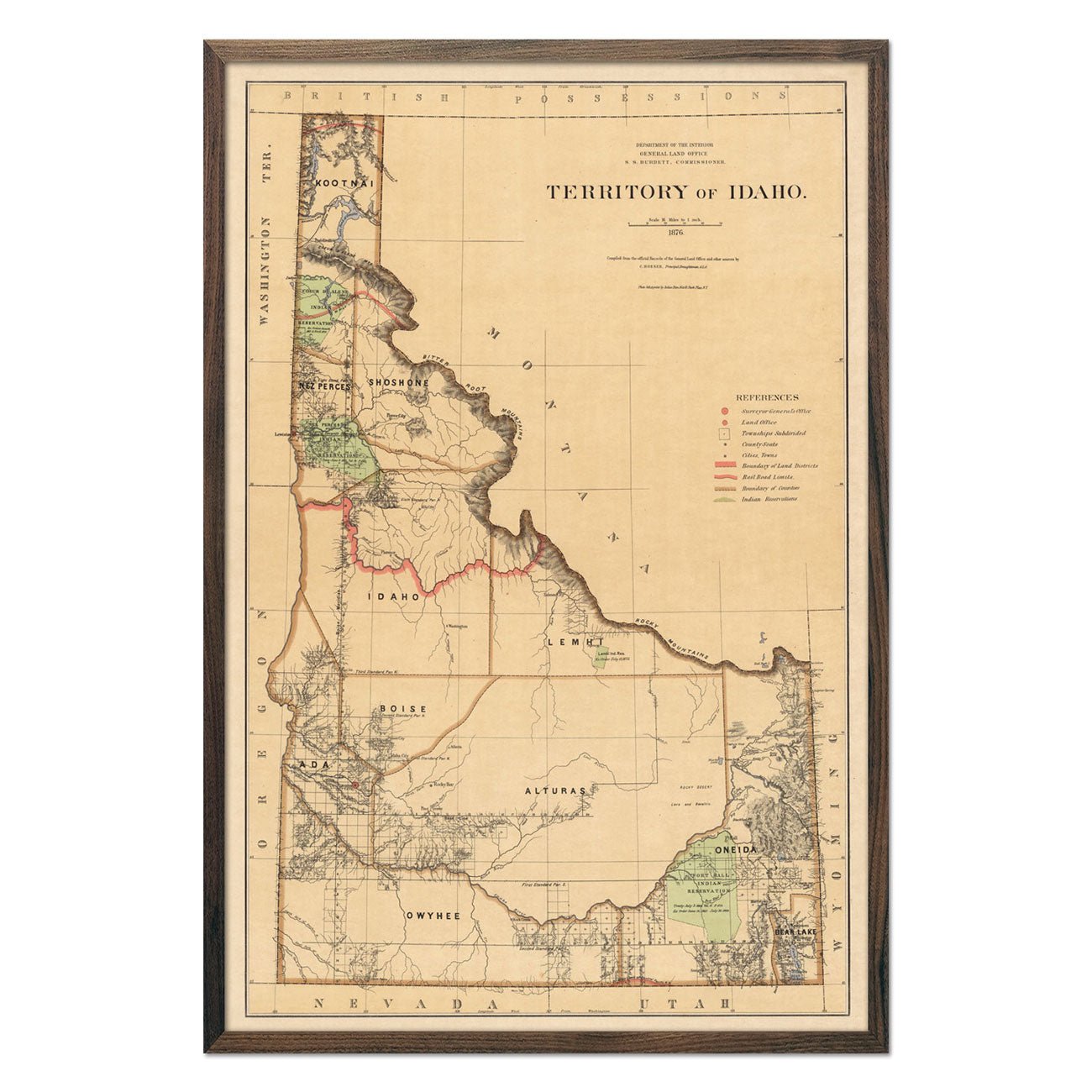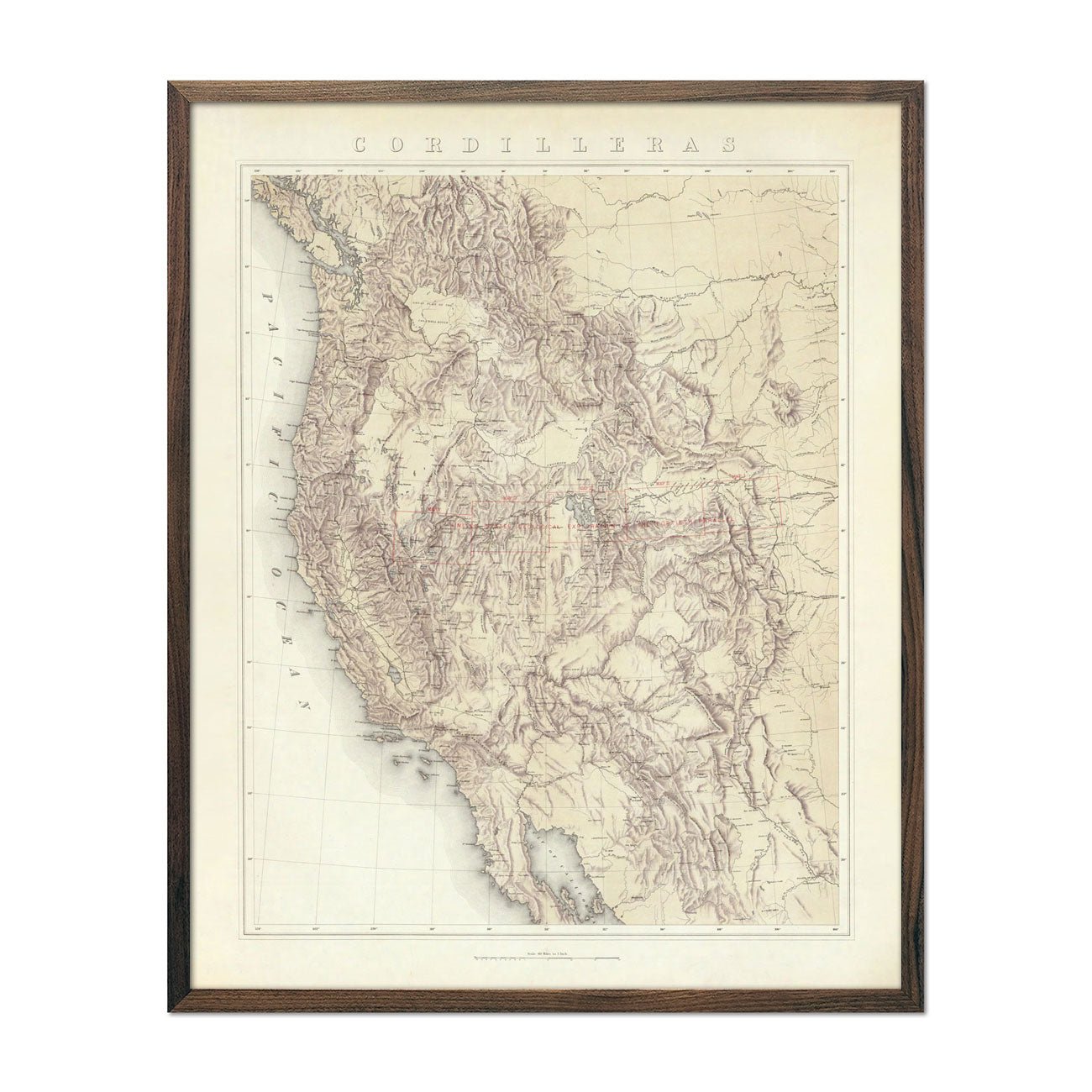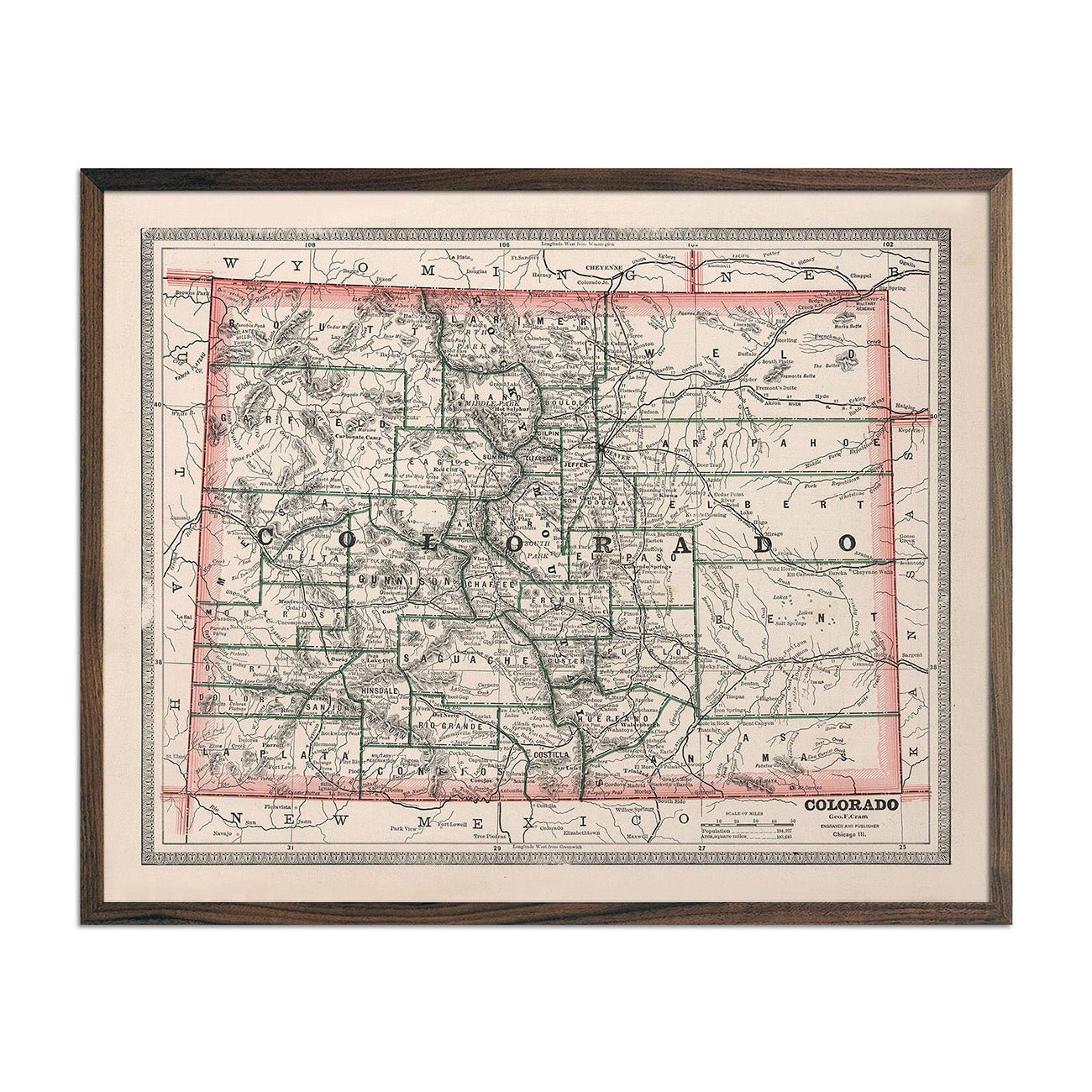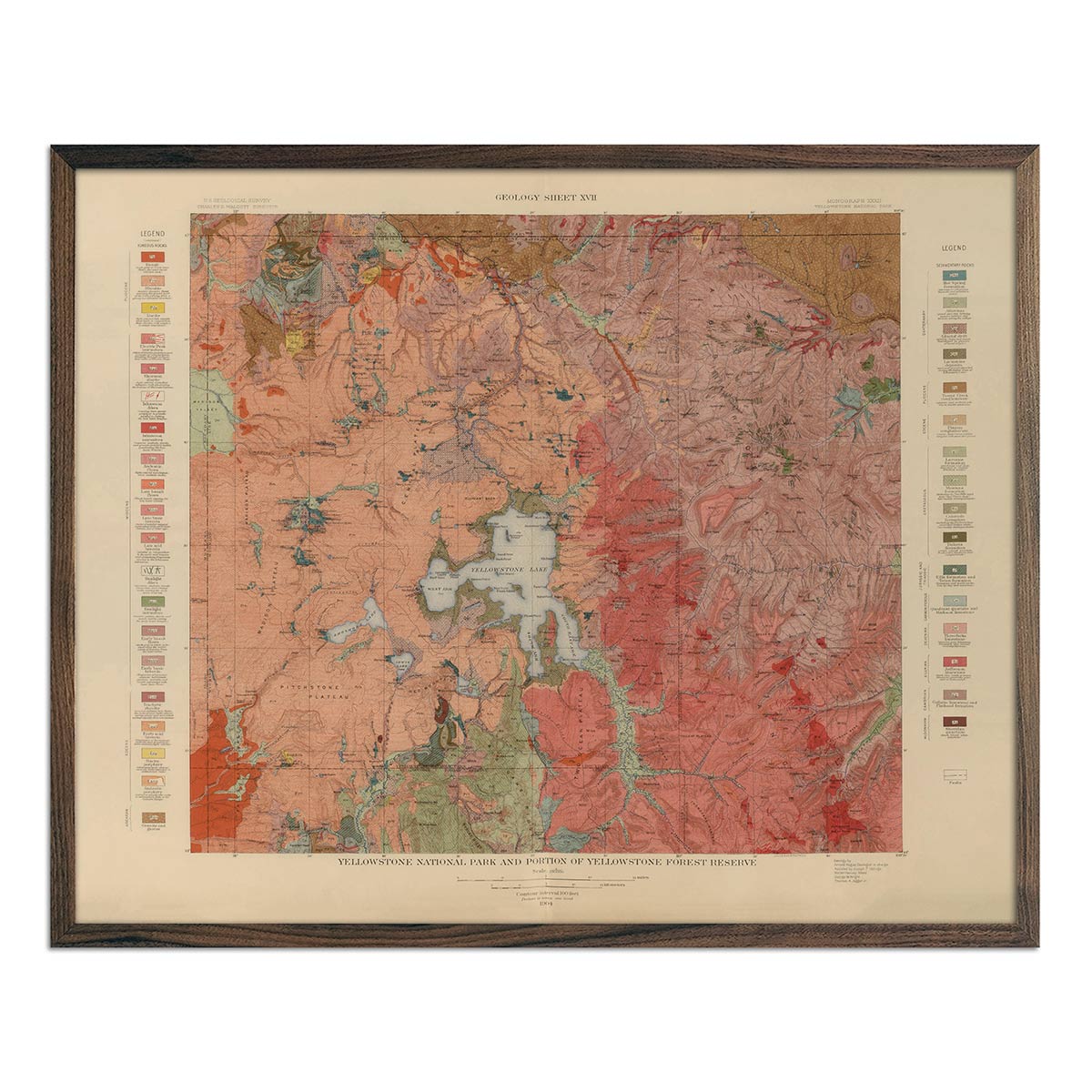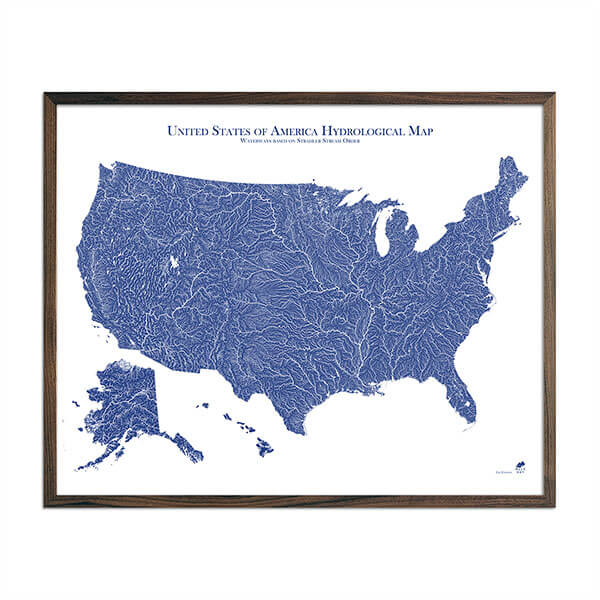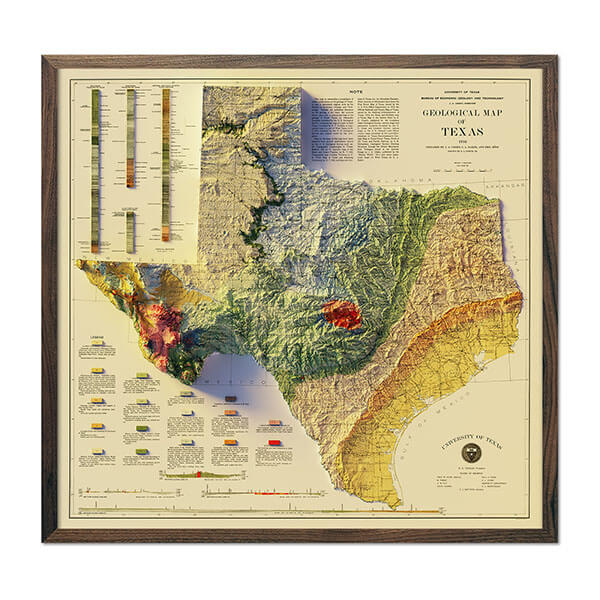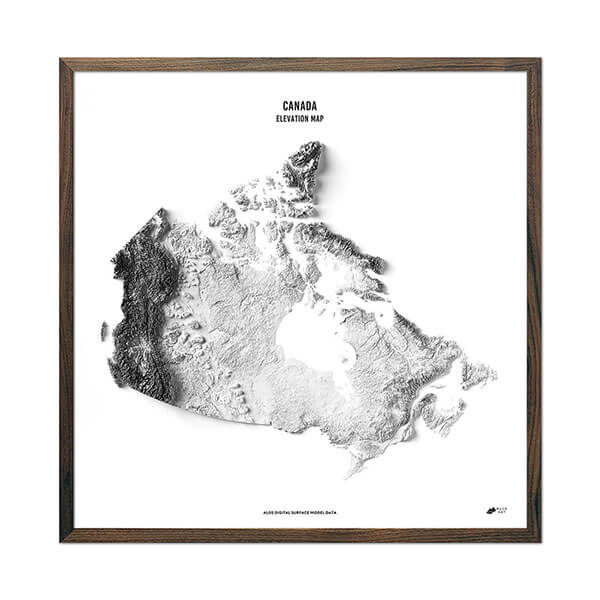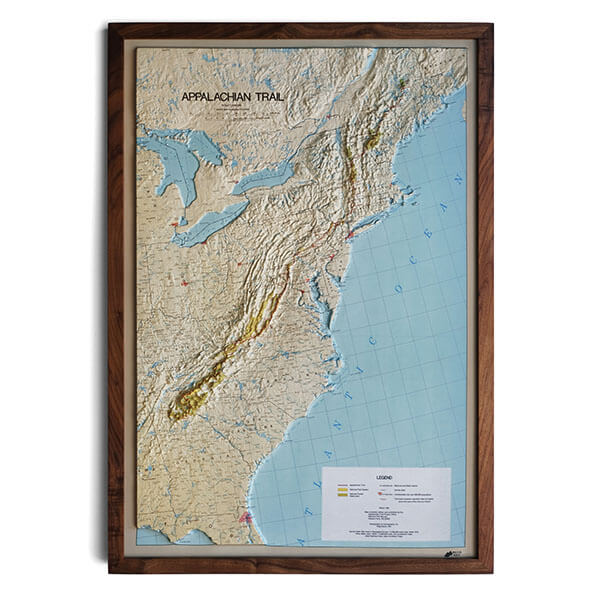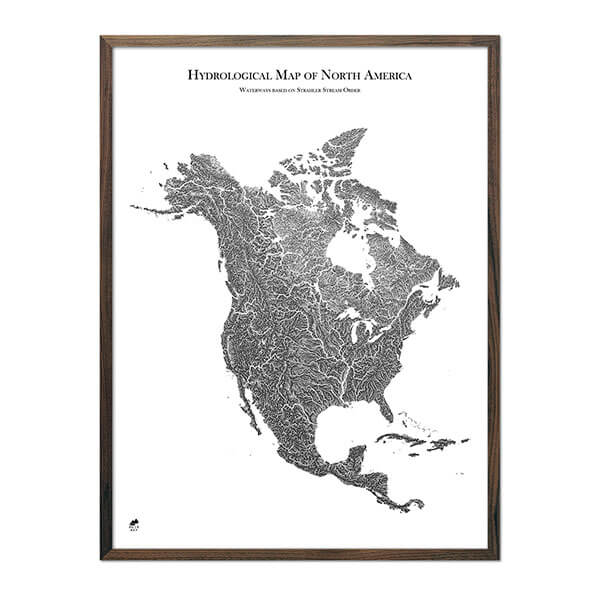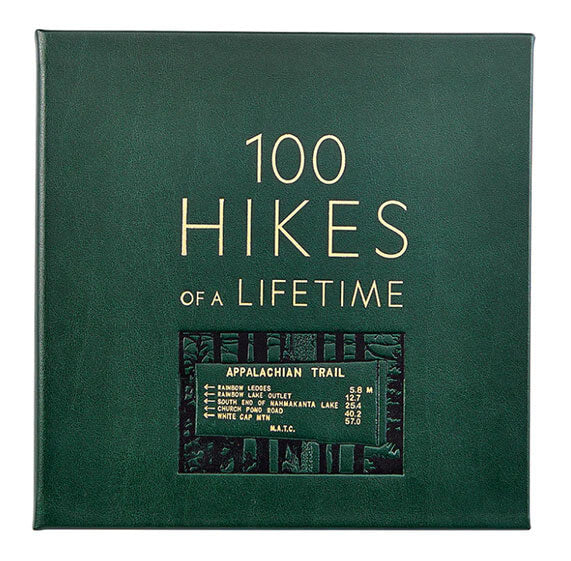Despite being a part of the country that is heavily populated, the eastern United States has an epic outdoor experience that rivals any in North America. The Appalachian National Scenic Trail is a nature-lovers, must-do sojourn that follows the spine of its namesake mountain range from Maine to Georgia. It passes through a total of fourteen states and covers 2,200 miles (3,500 km), with bragging rights as the longest hiking-only route in the world.
One of the most amazing aspects of the Appalachian Trail is how it takes in so many eastern US high points. The elevation makes for a hiking experience that keeps its head in the clouds and its eyes towards the wonders below.
It also affords a trekking experience of one of North America’s oldest mountain systems, created during the formation of the supercontinent, Pangaea, long before the dinosaurs roamed the earth. Although older and less rugged than mountains of the west, the geology is no less complex. The age of the Appalachians makes for a more rounded morphology and therefore, more opportunities for verdant deciduous forests to grow, providing some of the most impressive seasonal displays in the world. A transition to coniferous forest and alpine tundra even occurs at altitude further north.
An unofficial, international extension of the trail takes it from Maine and through New Brunswick, Quebec, and discontinuously on to Newfoundland, Canada. The extension follows the northernmost extension of the range that is geologically associated with the Appalachians.

On your journey through the scenic countryside, here are some of the Appalachian National Scenic Trail’s most impressive sights:
Mt. Katahdin, Maine
Mount Katahdin is Maine’s loftiest peak at 5,269 ft (1,606 m) and provides a glorious and lofty start to the trail in the Acadian-New England Forests of the far north. Katahdin means “great mountain” in the Penobscot Native American language. The granitic massif contains several peaks, of which Mount Baxter is the highest and is the official start of the trail. Be advised, the hike to the top takes a full day, is ten miles in length, and involves quite a significant climb. Start the hike early to make it back my nightfall.
The mountain contains a rich geography, having been heavily glaciated during the most recent ice age, giving rise to steep cirques, moraines, and u-shaped valleys. The mountain is rich in flora, including many maple, beech, birch, aspen, hemlock, fir, spruce, and pine tree species. This species diversity makes for a glorious fall color display of deep greens, juxtaposed with reds, oranges, and golds. Also keep an eye out for moose and deer, while maintaining a comfortable distance from any of the numerous black bears.

Mt. Katahdin Summit and northern terminus of the Appalachian Trail | Source: kworth30, WikiCommons

Mt. Katahdin view from Pamola Peak | Source: Famartin, WikiCommons
Presidential Range in White Mountains, New Hampshire
The Presidential Range arguably contains the most impressive peaks in the Northeast and certainly has the highest mountains in New England. Mount Washington is the range’s highest summit and is New Hampshire’s high point at 6,288 ft (1,917 m). It also claims to be the most prominent summit east of the Mississippi – a measure of a mountain from base to summit.
The Presidential Range is so called, since the majority of summits are named after US Presidents. The range affords much of the alpine tundra encountered on the Appalachian Trail. Given the area’s susceptibility to inclement weather, make sure to be very aware of weather forecasts before embarking on this rewarding part of the trail. Mount Washington has the dubious accolade of having measured the highest wind speed ever recorded outside of tornadic or tropical cyclone activity, at 231 MPH (372 km/h). Pack your wind-resistant parka on this trek.

Northern part of the Presidential Range, viewed from the northwest side of Mt. Washington. From left to right are Mt. Clay, Mt. Jefferson, Mt. Adams, and Mt. Madison | Image: Fredlyfish4, WikiCommons
Killington Peak, Vermont
Killington Peak, at 4,229 ft (1,289 m), is the second highest peak in Vermont’s Green Mountains. It is the final 4,000 ft rise in the hiking route southwards before you reach Viriginia. The peak boasts a ski resort and a gondola, that is reportedly free-to-ride for long-distance hikers. The hike to the summit is relatively strenuous, but short, spur route off the main Appalachian Trail. There is a place for overnight camping at a lean-to-tent site just shy of the summit and takes in beautiful sunset views over the mountains.
 View of Killington Peak from Lincoln Peak | Source: bill-now, WikiCommons
View of Killington Peak from Lincoln Peak | Source: bill-now, WikiCommons
Hudson River Crossing, Anthony’s Nose & Bear Mountain, New York
The Hudson River crossing offers hikers a different type of impressive traverse in the heart of the Hudson Highlands: a popular, scenic weekend getaway for nature-seeking New Yorkers. This is where the Appalachian Trail makes its way out of New England portion of the range and into the Mid-Atlantic portion.
The trail crosses the Hudson River at the dramatic Bear Mountain Bridge that seems to link flanking mountains. Bear Mountain at 1,289 ft (393 m) looms over the western bank and sports an observatory, the Perkins Memorial Tower, at the summit. Arthur’s Nose is a ledge that looms over the eastern bank of the Hudson and forms part of 1,086 ft (331 m) Dunderberg Mountain.

The Pinnacle, Pennsylvania
The Pinnacle is a picturesque, 1,634 ft (498 m) outcrop at the edge of a ridge north of Hamburg, PA. The site overlooks the eastern-facing ranges and valleys of the Appalachians and towards the city of Allentown in the distance. It is on a well-maintained section of trail that heads eastward on the mountainous plateau to this rocky outcrop facing to the east. Thereafter, the trail loops back south- and westward towards another excellent vantage point at Pulpit Rock, before going on to continue along the southbound Appalachian Trail.
 View panorama from The Pinnacle | Source: Mike6271, WikiCommons
View panorama from The Pinnacle | Source: Mike6271, WikiCommons
McAfee Knob, Virginia
A must-see vantage point that is reported to be the most-photographed site on the Appalachian Trail. The site is so iconic, it even features in blockbuster films like A Walk in the Woods (2015) with Nick Nolte, Emma Thompson, and Robert Redford.
The formations form part of Catawba Mountain and are located at 3,197 feet (974 m) in altitude. McAfee Knob comprises of several limestone outcrops that jut out dramatically over the mountainside, providing uninterrupted views of the Catawba Valley below. It is possible to reach this iconic viewpoint using a four-mile trail from SR-311 outside the town of Catawba.
 McAfee Knob and view of the Catawba Valley | Source: Idawriter, WikiCommons
McAfee Knob and view of the Catawba Valley | Source: Idawriter, WikiCommons
Mount Rogers & Grayson Highlands, Virginia
Mount Rogers is 5,729 feet (1,746 m) high and is Virginia’s tallest mountain, located within the Mount Rogers National Recreation Area. The peak is unique geologically, displaying evidence of vulcanism that occurred 750-million-years-ago in its rhyolitic rocks; so old, it predates the formation of the Appalachians themselves.
Grayson Highlands State Park is to the south and is where the 10.5-mile, day hike to Mt. Rogers is accessed. It is a gorgeous state preserve that boasts a string of 100-plus ponies. The state park also includes some of the state’s highest peaks, deciduous forest, alpine meadows, and waterfalls. This area is the northern limit of the very rare, Southern Appalachian spruce-fir forests biome, found in isolated, high-altitude pockets in the Appalachians, with the Great Smokies being another location.
 View of Mount Rogers | Source: SheepNotGoats, WikiCommons
View of Mount Rogers | Source: SheepNotGoats, WikiCommons
Max Patch, North Carolina & Tennessee
Max Patch is a firm favorite on the Appalachian Trail for its outstanding views that go on for countless miles. It is a lengthy, bald summit at 4,629 ft (1,411 m) in elevation on the North Carolina-Tennessee state border. Although not nearly as tall as Mount Mitchell [6,684 ft (2,037 m)], the Appalachian’s tallest peak, the broad alpine meadows on the summit of Max Patch makes for an expansive viewing experience of the range’s highest peaks.
It is not a difficult spot to reach for a day hiker either, with a relatively easy route being accessible from SR-1182 (Max Patch Rd) via a 1.5-mile circular hiking route.
 Panorama from Max Patch | Source: Firehill, WikiCommons
Panorama from Max Patch | Source: Firehill, WikiCommons
Clingmans Dome & Great Smoky Mountains, North Carolina & Tennessee
Clingmans Dome is a must see due to the altitude superlatives and being in one of America’s most beloved parks, The Great Smoky Mountains National Park. It is the highest mountain in Tennessee and the highest point on the Appalachian Trail, at 6,643 ft (2,025 m) high, and is the third highest point east of the Mississippi behind Mount Mitchell and Mount Craig.
The Great Smokies preserves some impressive old growth forests and black bear populations, both the largest of their kind in the eastern USA. The higher altitude Southern Appalachian spruce-fir forests are an impressive and rare biome. At lower altitudes, deciduous hardwood forests, consisting of many maple, beech, and birch species, predominate. Some pockets of the park are so endowed with precipitation, they border on being classified as rainforest.
 Clingmans Dome Summit Lookout | Source: Scott Basford, WikiCommons
Clingmans Dome Summit Lookout | Source: Scott Basford, WikiCommons
Blood Mountain, Georgia
Blood Mountain, at 4,458 ft (1,359 m), is the tallest peak on the Georgian section of the Appalachian Trail and is the sixth highest peak in that state. The accolade of state high point belongs to Brasstown Bald, located a fair bit north of the Appalachian Trail. There is no agreement on the origins of the macabre name; some believing it was named for a bloody battle between Muscogee and Cherokee Tribes, that caused mountain creeks to run red with blood. Others claim it has its origins in color of the red lichen growing near the summit.
There are panoramic views and amenities located just to the east of the summit, where US-19 crosses the mountains, at Neels Gap. There is also a well-known shelter at the summit, built by the Civilian Conservation Corps in 1934. It is on the National Register of Historic Places and its breezeway is the only place where the Appalachian Trail passes through a man-made structure.
 Blood Mountain | Source: Thomson200, WikiCommons
Blood Mountain | Source: Thomson200, WikiCommons
Appalachian Trail Map
Muir Way creates a vast array of accurate and visually appealing maps, that can only be described as cartographic works of art. If you have experienced a place-specific, life enriching event and are looking for a keepsake that maps your experience, look no further than this collection. Whether you experienced a memorable vacation, want to recall a place you live or have lived, or immortalize a unique outdoor experience, a Muir Way map can help to keep those memories alive.
If you have ever been fortunate enough to experience the Appalachian National Scenic Trail, in its entirety or in part, the Muir Way Appalachian Trail Map (1981 base map) is as good as it gets. This cartographic art piece merges a beautifully remastered map with modern digital elevation modeling and hillshading, to create an accurate keepsake and conversation piece that will look stunning on your wall.
Note: Map pictured includes ‘most impressive sights’ mentioned in the article and are not included in the original map for purchase.

